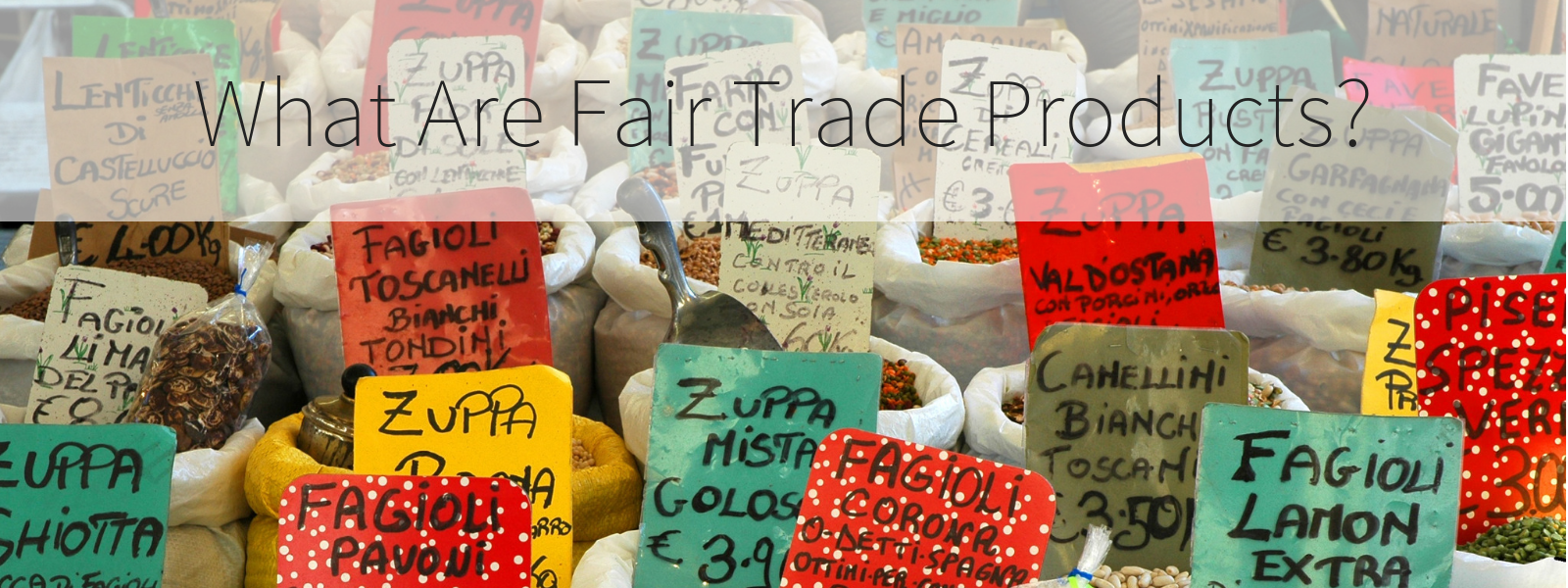
Growing up, I always wanted to make a positive impact in the world. When I was in middle school, I helped paint houses in the inner cities of San Francisco. When I was in high school, I donated to different causes. When I was a freshman at UCLA, I volunteered in the Dominican Republic to build a school (yes, making concrete blocks!) and teach English. When I was a sophomore at UCLA (until now), I serve a small village in Haiti by starting a scholarship program. I grew up learning that in order to make a difference, it takes big gestures like traveling abroad.
It wasn’t until I learned about fair trade that I realized that we can make a huge impact in ending poverty simply through everyday purchases. There is a famous quote by Anna Lappe: “Every time you spend money, you’re casting a vote for the kind of world you want to live in.”
To me, buying fair trade is the way I can create a better world through the way I invest my money. Luckily, we now have more accessibility than ever to fair trade products and opportunities to advance the fair trade movement. But what does the fair trade mean anyways?
Simply put, if you find a product that has a fair trade logo on it, it means that it is fair trade certified and is produced under the following ten principles:
- Create opportunities for economically disadvantaged producers.
- Be transparent and accountable.
- Conduct fair trade practices.
- Pay promptly and fairly.
- Guard against child labor and forced labor.
- Promote gender equality and non-discrimination.
- Ensure safe working conditions.
- Build capacity to help producers grow their businesses.
- Raise awareness about fair trade.
- Respect the environment.
These principles may seem like common sense—everyone should already be working under these conditions, right? Unfortunately, that is not the case in our world. According to Polaris, the International Labor Organization estimates that about 14.2 million people participate in forced labor in industries including agriculture, construction, domestic work, and manufacturing. This sad reality is driven by the demand for cheap products, where the tradeoff often means people, including children, trapped in forced labor around the world.
Here is the good news: we can now take action and fight for social justice wherever we live. There are now over 2,000 designated fair trade towns across 40 countries in six continents. In the year 2000, the U.K. launched the first fair trade campaign to make Garstang a fair trade town.
Since then, several countries have been designated fair trade, including Wales and Sweden. In the United States, we are also growing the fair trade movement through nearly 300 fair trade campaigns on campuses and communities.
Fair Trade LA is a nonprofit working towards making Los Angeles the largest fair trade town in the United States. Based on our population, we need to identify 96 businesses in the LA area that sell at least two fair trade items and 96 organizations to serve at least one fair trade item. Over the years, we have led successful campaigns on campuses such as LMU and UCLA, as well as towns, such as Pasadena, which has been declared fair trade.
So what is your role in this global movement? What can you do to alleviate poverty by creating sustainable jobs in a fair and just way? Buy fair. Live fair. Shop the fair trade logos. Learn about the stories of the artisans and producers who made your products.
If you want to do more, look for a local fair trade campaign that you can be a part of, or you can launch one wherever you are. You and I have the power to change the world. Start with how you spend your money.
* The following article has been a guest post by Elisha from Fair Trade LA.
